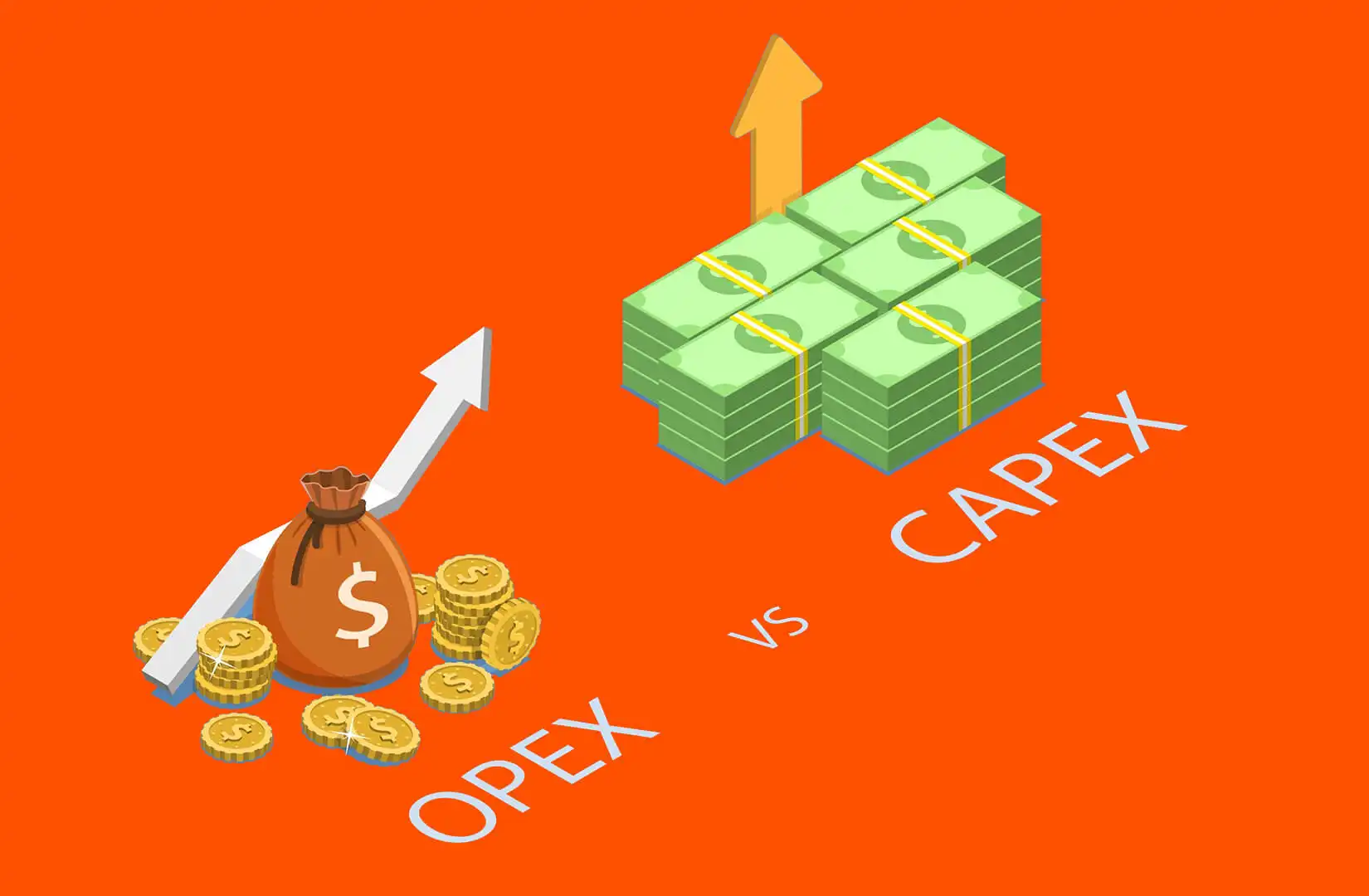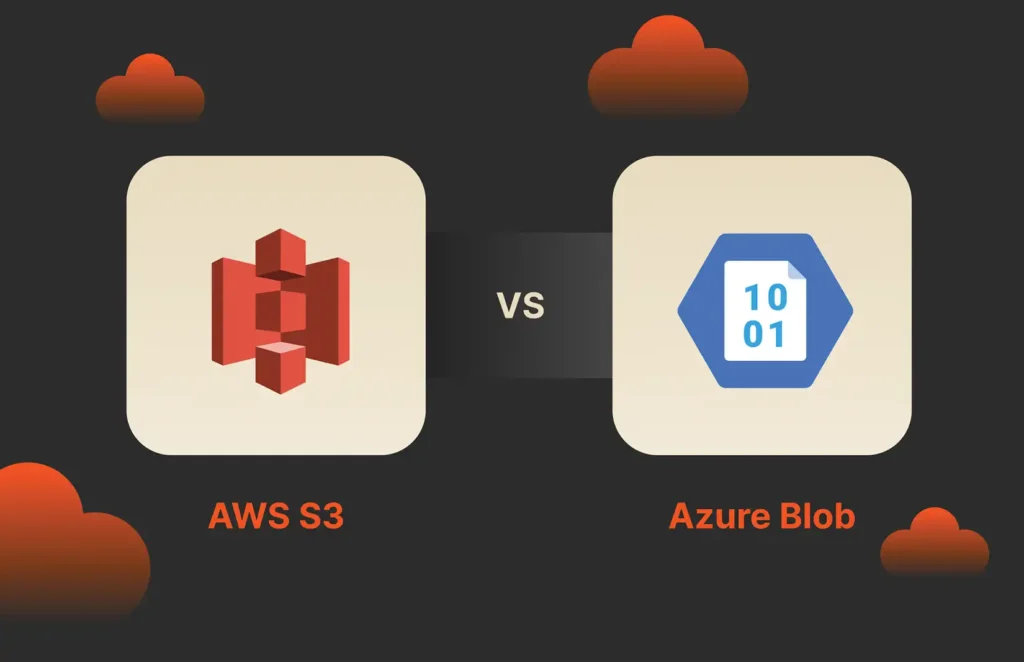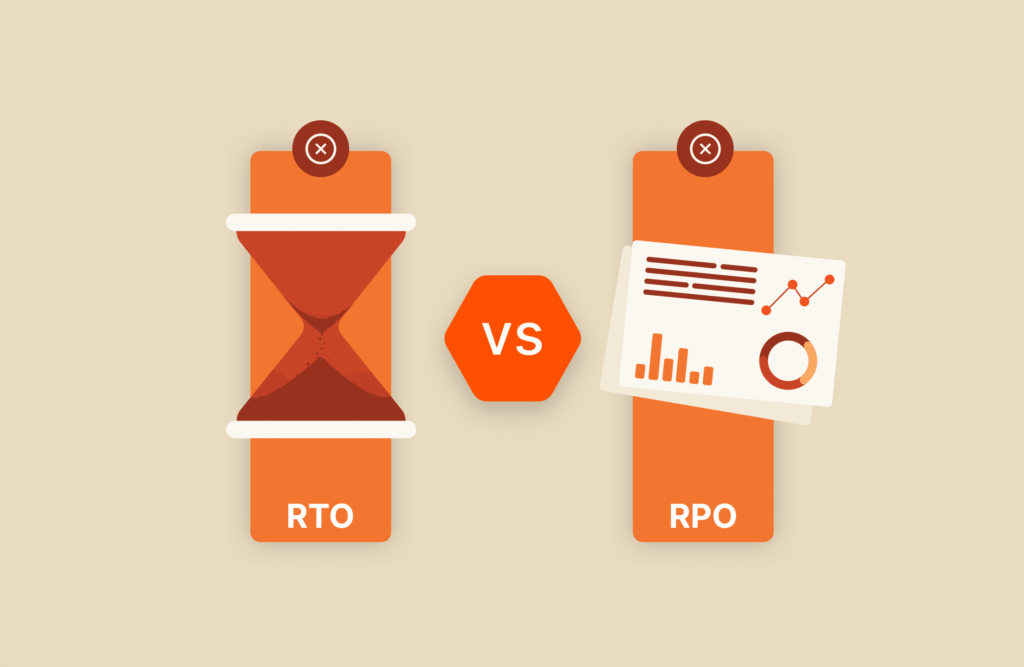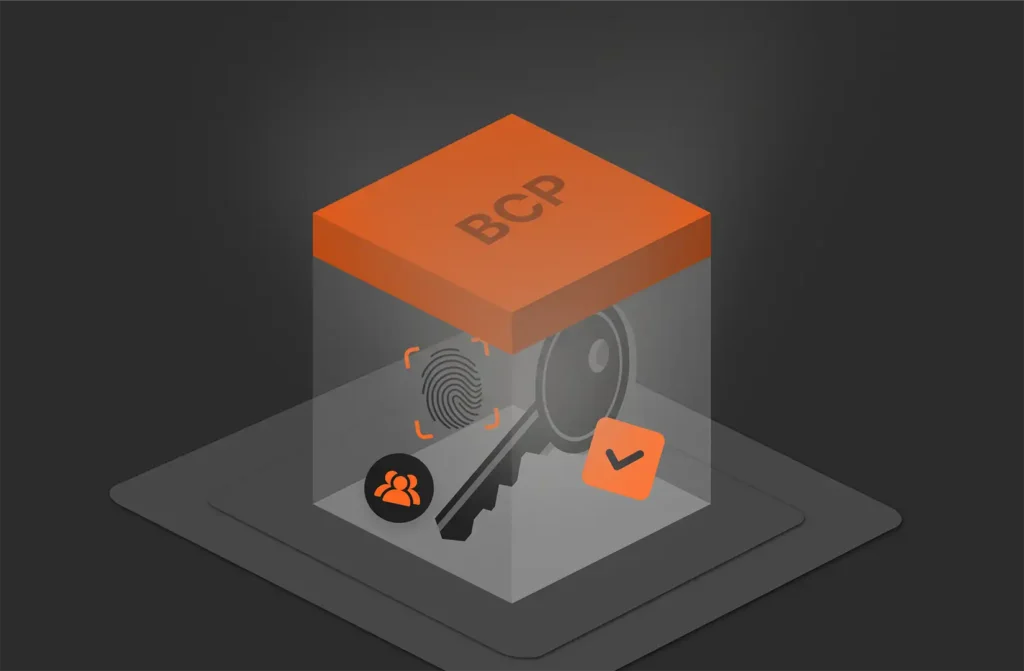Summary
Operating expenses (OPEX) are the routine day-to-day costs needed to help keep a company running smoothly. Capital expenditures (CAPEX) are costs a business incurs when acquiring or upgrading major assets, such as real estate or equipment.
We hear a lot of discussion about OPEX and CAPEX these days, especially when it comes to technology. The decision to choose one path over another could lead to millions of dollars in sunken costs, limiting a company’s flexibility and tying up working capital for years. What are the key differences between OPEX and CAPEX, and what are their respective advantages and disadvantages?
With the advent of “software as a service” in 1999, the technology world began to shift away from a capital-intensive model that required substantial upfront investment toward a more flexible pay-as-you-go subscription model. Since then, numerous other variations on “as a service” have emerged, including platform as a service (PaaS), infrastructure as a service (IaaS), and storage as a service (STaaS).
These innovations have their roots in cloud computing, which offers tremendous advantages in flexibility, scalability, elasticity, and cost. In this article, we’ll be focusing primarily on the distinction between operating expenses (OPEX) and capital expenditures (CAPEX), including the pros and cons associated with each of them.
What Is OPEX?
Operating expenses, or OPEX, refer to the ongoing costs that businesses incur as part of their daily operations. If a company pays monthly rent for its office space, for example, that would be categorized as an operating expense. Other examples include employee salaries and benefits, insurance, utilities, maintenance, supplies, and any other costs that help keep day-to-day business operations running smoothly.
OPEX directly and immediately impacts a company’s profitability. On the income statement, OPEX is recorded under operating expenses and is deducted from revenue to calculate a company’s operating profit or earnings before interest and taxes (EBIT).
If OPEX is too high, it can adversely affect a company’s profitability and undermine sustainable business growth. By optimizing operational costs, companies can free up resources for strategic investments and innovation, ultimately contributing to the organization’s long-term financial health.
What Is CAPEX?
Capital expenditures, or CAPEX, refer to a company’s investment in acquiring and upgrading major assets that return value to the organization over a period of time. This can include physical assets such as real estate, fixtures, or equipment. It can also include intangibles such as software and the cost of implementation.
If a company purchases an office building with the expectation that it will occupy that space for a significant period of time, that would be categorized as CAPEX.
CAPEX can be vitally important for an organization’s strategic growth and competitive edge, enabling it to enhance its operational infrastructure, enter new markets, and increase efficiency. Unlike OPEX, though, which covers routine day-to-day expenses, CAPEX requires companies to expend large amounts of cash or finance these investments with borrowed money.
Generally speaking, capital expenditures represent a long-term commitment. CAPEX significantly impacts a company’s balance sheet and its future growth potential by tying up working capital for a period of years. If a company borrows money to finance the CAPEX investment, the loan is recorded as a liability on its balance sheet. The item itself is recorded on the balance sheet as an asset.
Although CAPEX typically requires a substantial outflow of cash, it doesn’t immediately hit the income statement as an expense. Instead, its cost is spread over the useful life of the asset through depreciation or amortization. If a company purchases a piece of equipment for $100,000, for example, and if that equipment has an expected useful life of five years, the company’s income statement will show a depreciation expense of $20,000 per year.

Try FlashArray//C™
Capacity-optimized, All-flash Storage
Get enterprise-class performance, reliability, and agility at an accessible price.
Key Differences between OPEX and CAPEX
Let’s return to the example of a company that wants to expand its office space. If the space is rented, that’s OPEX. If the company buys the building, that’s CAPEX.
Both OPEX and CAPEX have profound implications for a company’s financial planning and decision-making processes. Managing OPEX effectively is vital for maintaining operational efficiency and controlling costs, which directly impacts the company’s profitability and cash flow. Regular monitoring and optimization of OPEX help ensure that the company remains financially healthy and can cover its day-to-day expenses without financial strain.
CAPEX, on the other hand, requires careful strategic planning and consideration of the long-term benefits and returns on investment. These decisions also influence the company’s financing strategies, as large CAPEX projects may require external funding through loans or equity investments.
The contrasting nature of OPEX and CAPEX also extends to their effects on tax implications and cash flow management. OPEX is fully deductible in the year it is incurred, reducing the taxable income and, consequently, the tax liability for that year. This immediate deductibility makes OPEX easier to manage from a cash flow perspective, as the tax benefits are realized quickly.
Instead of being fully deductible in the year of expenditure, most CAPEX is capitalized and then depreciated over the useful life of the asset. This means that the tax benefits of CAPEX are spread over several years, reflecting the long-term nature of these investments. Companies must be sure that they have sufficient liquidity to cover these large investments without compromising their operational cash flow needs.
Pros and Cons of OPEX
Let’s imagine that you’re the manager of a company that needs to make a decision about office space. Should you rent the space, or should you buy a building?
OPEX (renting) offers more flexibility. Businesses have considerable freedom to adjust these expenses quickly in response to changes in the market or operational needs. While it’s true that you may be obligated to the terms of a lease, you’re not tied to owning the property for a period of years. This offers considerably more flexibility and greater control over cash flow. OPEX makes it easier to scale operations up or down as needed.
In the case of technology, most companies are gravitating toward the OPEX model. Consider data storage, for example. Companies that opt for a Pure Storage® Evergreen® subscription get the flexibility to scale up or dial back their usage at any time. That saves money and increases organizational agility. By choosing a Pure Storage STaaS solution, they also benefit from continuous innovation.
OPEX offers immediate deductibility for tax purposes, generating tax savings right away. OPEX also improves the company’s cash flow by allowing it to allocate more resources to other operational needs or short-term investments.
Since OPEX involves recurring costs, however, a significant portion of a company’s revenue must continually be allocated to maintaining operations. This focus on short-term operational expenses can hinder a company’s ability to invest in projects that could drive long-term growth and innovation.
Pros and Cons of CAPEX
In certain cases, CAPEX offers the distinct benefit of asset ownership and a corresponding potential for long-term return on investment. Assets that appreciate in value over time, such as real estate, can contribute to the company’s net worth and provide a buffer against economic downturns.
CAPEX also comes with several disadvantages, though, particularly with respect to technological advancements. Companies that invest heavily in tech assets may soon find them to be obsolete. Rapid innovation can reduce the value of new equipment or systems much faster than anticipated, potentially leading to a situation where the company must reinvest in newer technologies sooner than planned. This obsolescence risk can undermine the expected returns on investment, as the benefits of the original CAPEX may not be fully realized.
Large capital projects often demand significant financial resources, which can strain a company’s cash flow and liquidity. This can limit a company’s ability to allocate funds to other critical areas of the business, potentially affecting short-term operational efficiency and financial stability.
Incorrect forecasting or misjudging the market demand for the new capabilities provided by capital expenditures can lead to underutilization of the assets, resulting in write-offs.
OPEX vs. CAPEX: Choosing the Right Approach
When determining the appropriate allocation between OPEX and CAPEX, businesses should consider their specific operational needs, industry norms, and strategic goals. Balancing these expenditures involves assessing the immediate needs for operational liquidity against the long-term benefits of capital investments, ensuring that neither aspect is neglected.
Allocation decisions should factor in growth projections, financial stability, and industry standards. Companies with strong growth prospects may allocate more toward CAPEX to expand infrastructure and capabilities, while those in mature markets might emphasize OPEX to maintain operational excellence. Companies with robust cash flows and access to financing can afford larger CAPEX investments.
Conclusion on OPEX vs. CAPEX
Ultimately, aligning OPEX and CAPEX strategies with overall business objectives is essential for achieving sustained growth and profitability, ensuring that both short-term operational needs and long-term strategic goals are effectively balanced. Cloud computing is transforming the way most businesses weigh these kinds of decisions, shifting decision makers toward a more flexible, agile, scalable OPEX approach.

Written By:
A Smarter Way
Learn the benefits of a cloud operating model.






